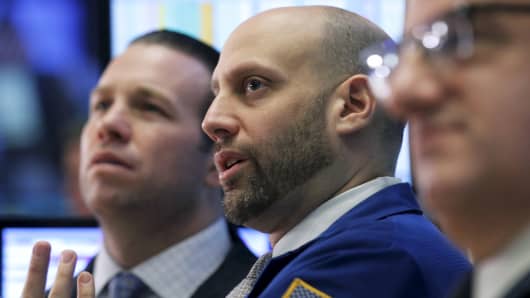
Markets are, inherently, disagreements over the shape of the future and the right price for a piece of it today.
But no other year has begun with quite as searing an argument as 2016, with nearly a 7 percent loss in the S&P 500 index in three weeks — and that’s after a nearly 5 percent bounce in the final 2½ days. From Dec. 29 until about noon last Wednesday, the value of the U.S. stock market sank by 13 percent in 13½ trading days.
A year ago, after what then passed for a tough January, the S&P 500 was practically still as an oil painting. For eight months, it never traded as much as 4 percent above or below where it started the year, even as U.S. growth dramatically disappointed, Greece defaulted, oil crashed and Chinese stocks bubbled and then busted.
In 2015, volatility was suppressed at the index level, leaving stocks largely insensitive to swings in fundamentals. This pent-up volatility was undammed late last summer, with China’s currency slide, the worsening rout in energy-linked stocks and bonds and the Federal Reserve’s initial rate rise. The big money has remained on its heels almost constantly since then, and capital is being drained from risky assets worldwide.
So what, if anything, have we learned from this increasingly violent argument over prospects and prices?
[“source -pcworld”]



